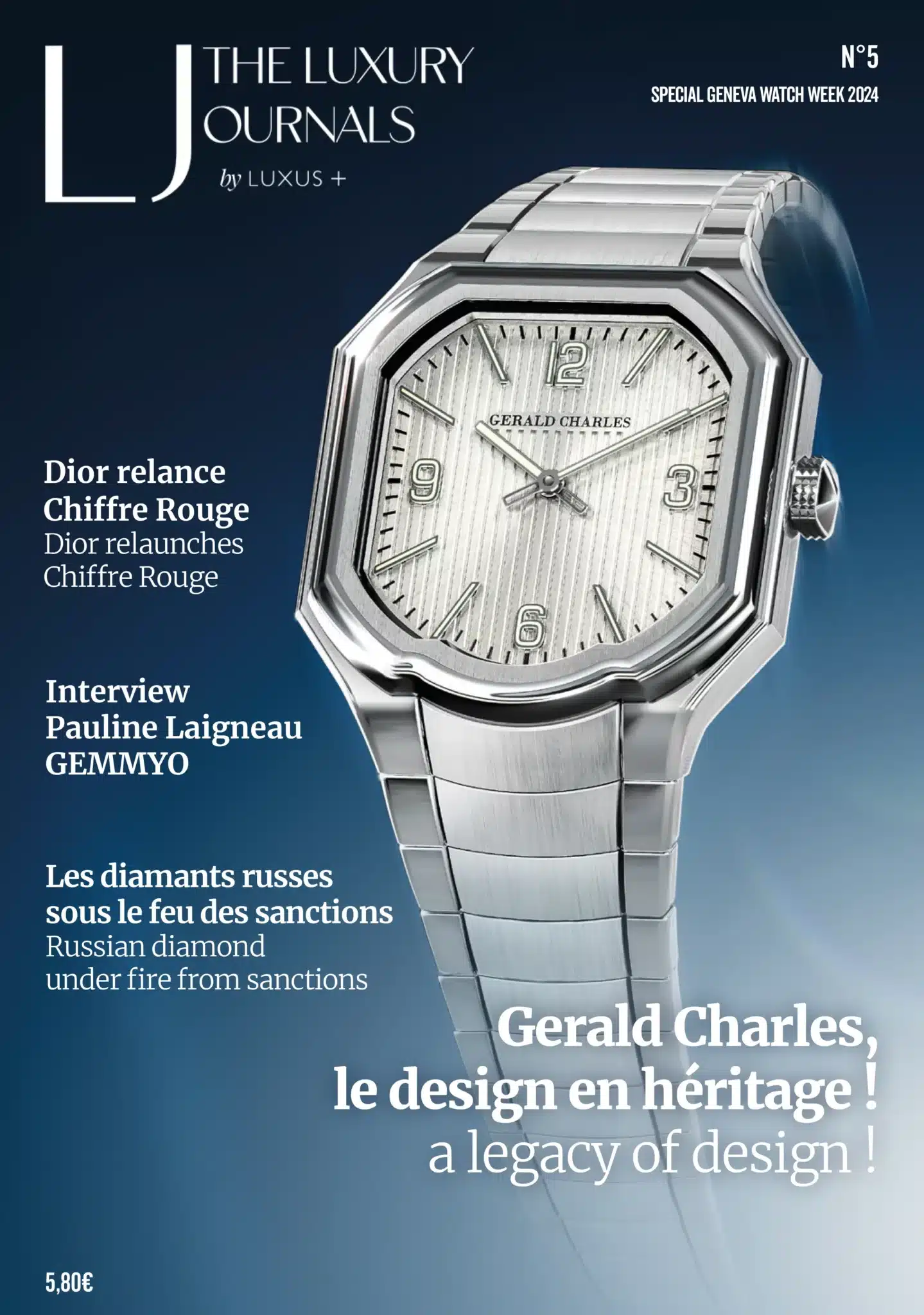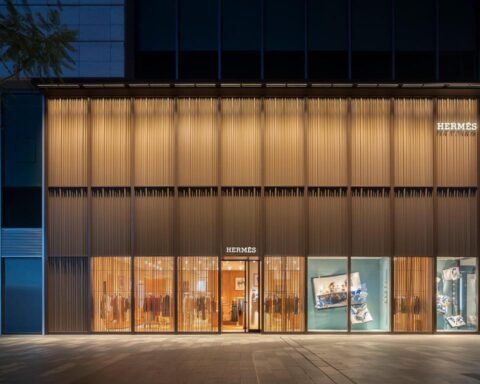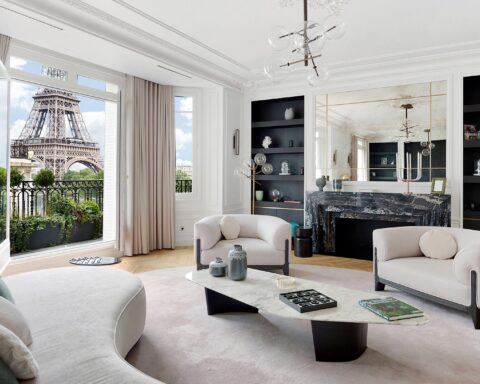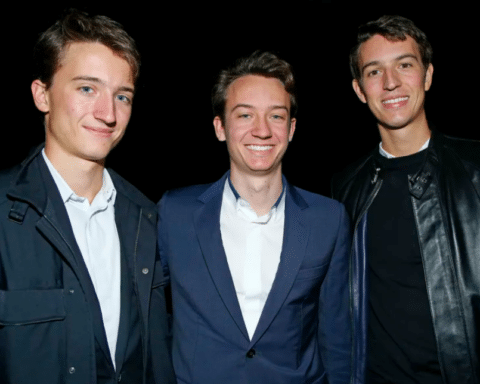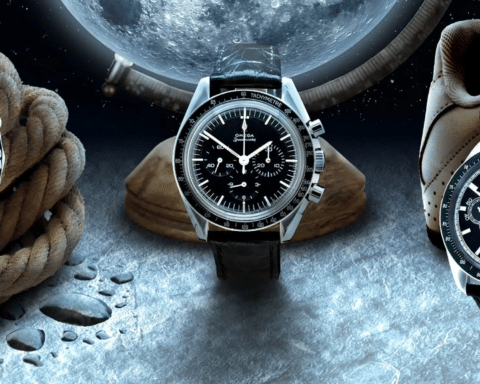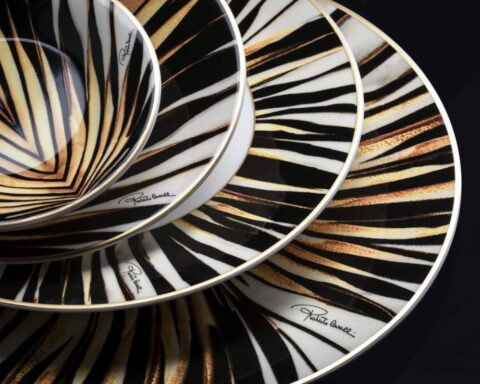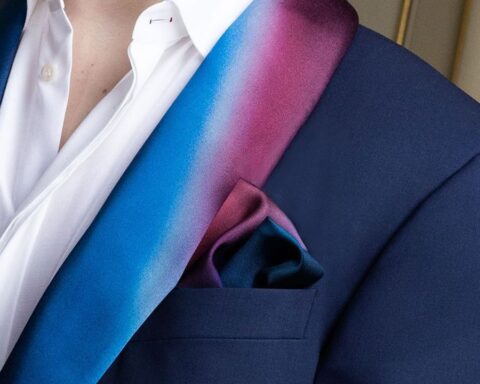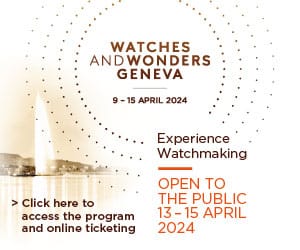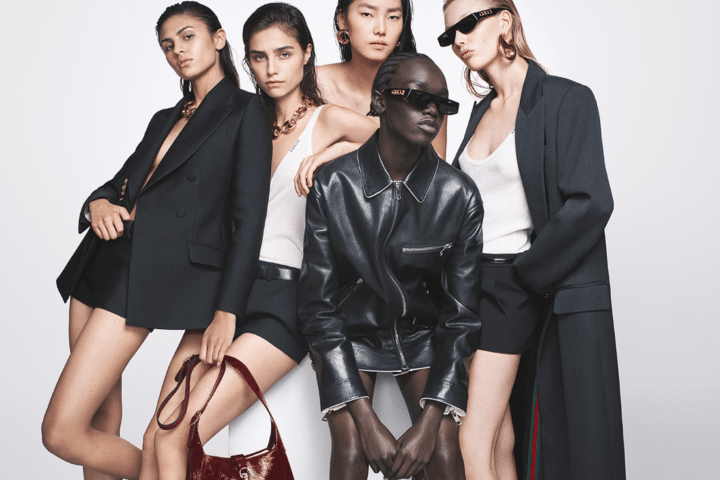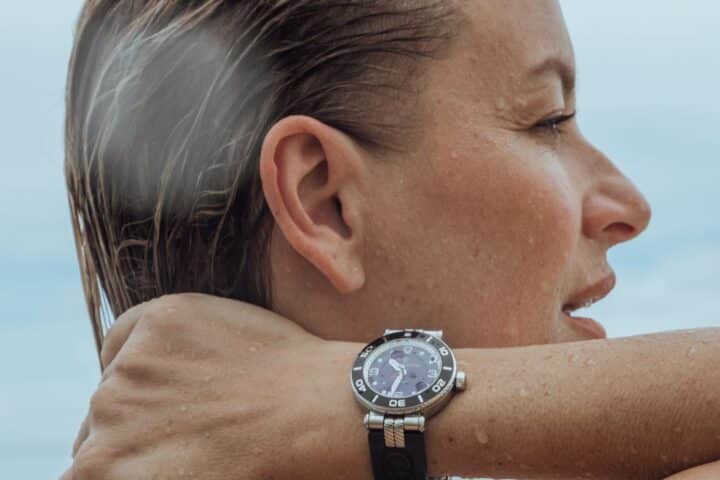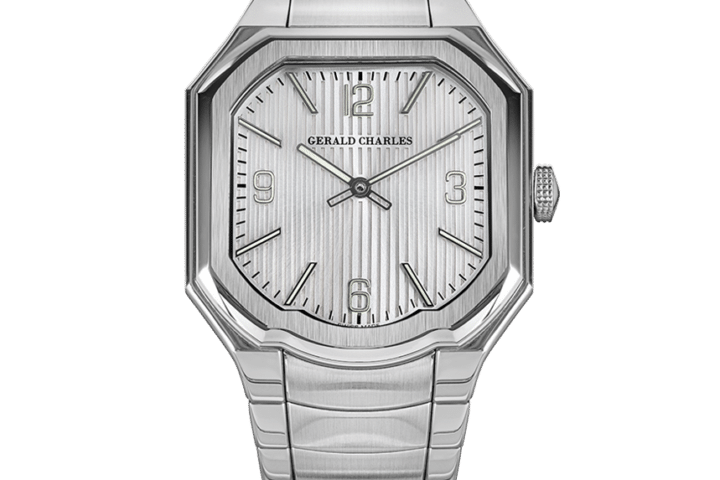[vc_row][vc_column][vc_column_text]
Managing Partner at the Mazars audit and consultancy group in China where she has lived for 16 years, and where she set up the Shanghai office, Julie Laulusa is an auditor for large international groups, particularly in the luxury sector. In addition to her knowledge of the Chinese context, she also has a keen interest in the recent emergence of e-commerce in the luxury sector. She is regularly interviewed on this subject during international forums. She reflects on why luxury digital marketing is finding it difficult to take off in China.
According to the latest study conducted by the emailing specialist, Contactlab, and the investment company Exane BNP Paribas, The Online Purchase Experience China 2016, the European (and French) luxury houses are finding it difficult to adapt to the habits of Chinese e-shoppers. As an expert in luxury brands, and particularly in e-commerce, what is your opinion on this?
The study that you refer to, The Online Purchase Experience China 2016, was published in January 2017 by Contact Lab and it focuses on Chinese consumers’ online purchasing behaviour for luxury goods. The study uses 65 criteria which evaluate the effectiveness of the communication tools used by luxury brands to encourage and facilitate a purchase, the purchase experience, the packaging, the returns procedure and the information related to that procedure. The study’s criteria are based on the analysis of 3 world renowned luxury brands (Armani, Tod’s, and Burberry), 4 online retail sites (Mr. Porter, Burberry on Tmall, Burberry on JD.com, and Burberry on Secoo), 1 multi-brand site including 2 Chinese brands (Yintai.com), and two WeChat shops (Montblanc and Chanel). What is noticeable is that the European houses have not yet taken account of the expectations of Chinese consumers within their e-commerce strategy, because the notion of time and the concept of purchasing a luxury product are very different in the two cultures. European and Chinese consumers do not have either the same expectations or the same motivations!!
[/vc_column_text][/vc_column][/vc_row][vc_row][vc_column][vc_column_text]FIND OUT THE WHOLE OF THIS ARTICLE BY ORDERING THE LUXURY ECONOMY BOOKS – INTEGRAL VERSION[/vc_column_text][/vc_column][/vc_row][vc_row][vc_column][vc_column_text]
YOU CAN ALSO CHECK THIS ITEM BY ORDERING THE BOOK OF MARKETING
[/vc_column_text][/vc_column][/vc_row]


